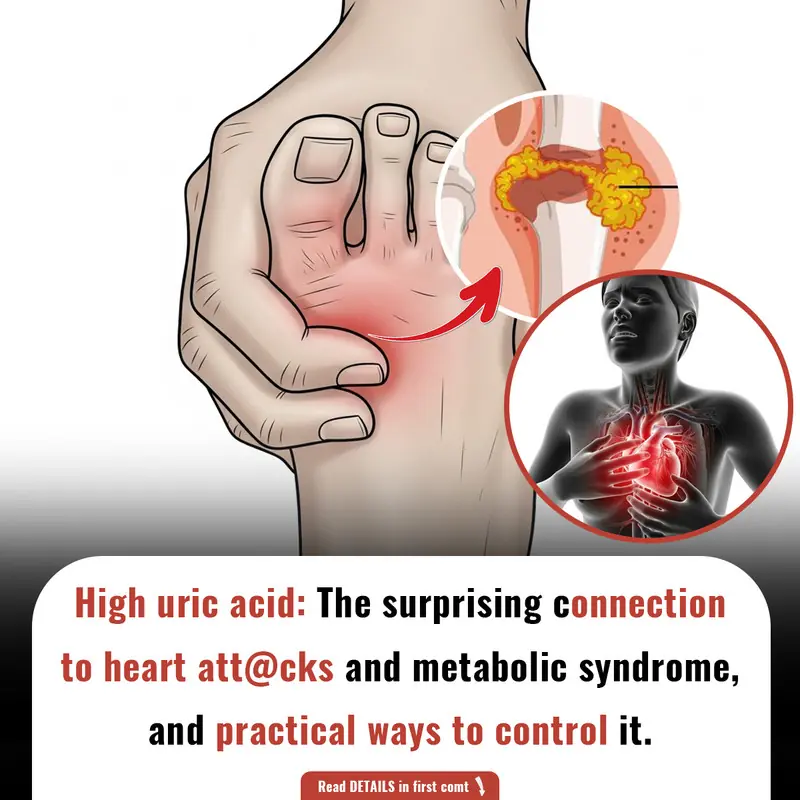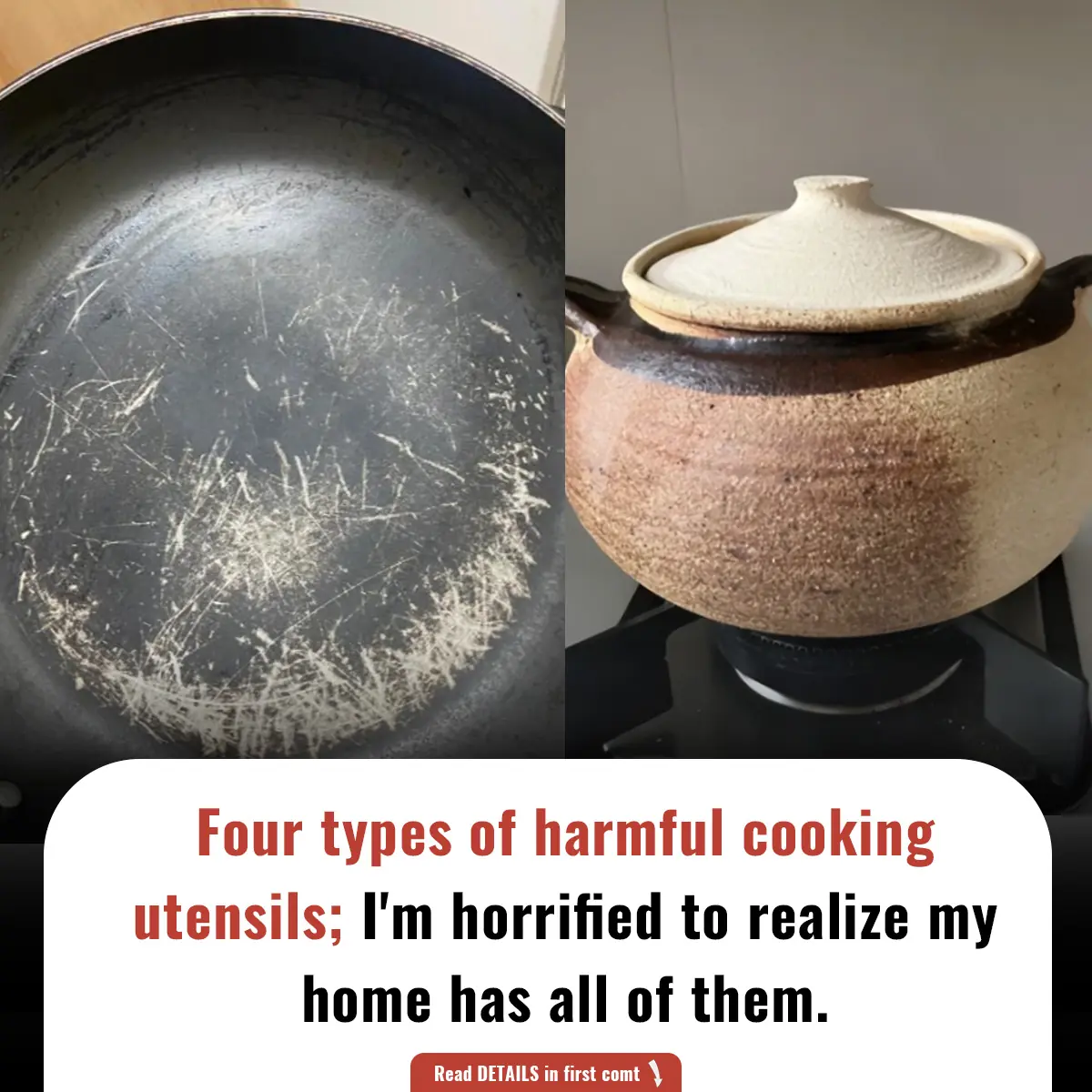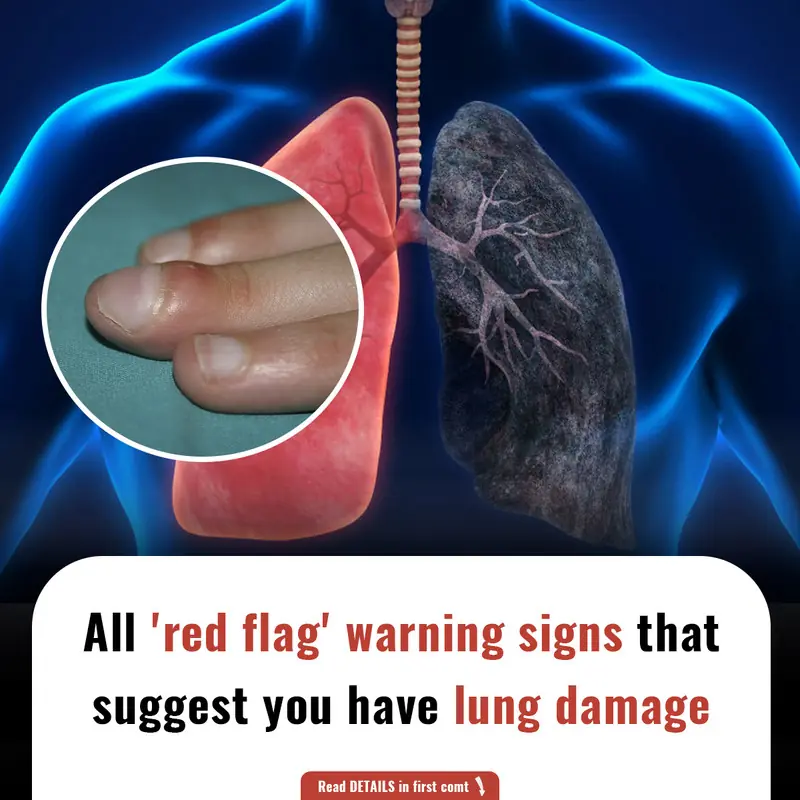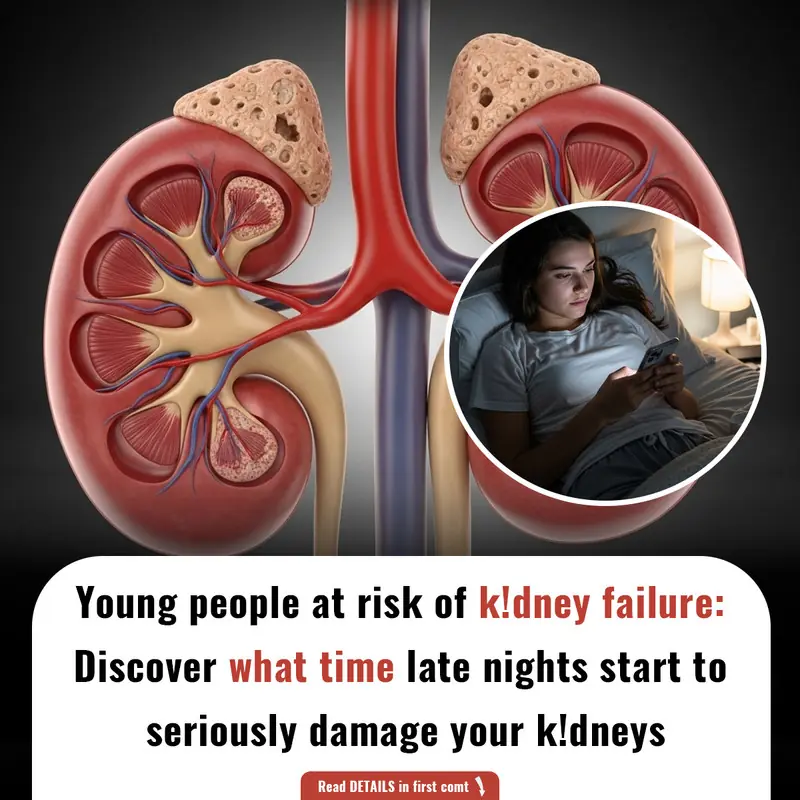Learn about the seven silent signs of head and neck cancer, including mouth ulcers, sore throat, and lumps. Early detection is crucial for better outcomes. Seek medical help if you experience these symptoms.

7 Silent Signs of Head and Neck Cancer You Shouldn't Ignore
Head and neck cancers are a group of cancers that affect the nasal cavity, sinuses, lips, mouth, salivary glands, throat, or larynx. According to the National Cancer Institute, an estimated 72,680 people in the United States will be diagnosed with major types of head and neck cancer in 2025, and approximately 16,680 individuals will succumb to the disease. These cancers can often be asymptomatic in their early stages, making early detection crucial.
Recently, British rock star David Roach was diagnosed with head and neck cancer, experiencing seemingly mild symptoms like fever and a cough. This highlights the importance of recognizing and addressing the silent signs of the disease. Here are seven symptoms to watch for:
1. Mouth Ulcers

A persistent or unusual ulcer in the mouth that doesn’t heal within a couple of weeks can be a warning sign of cancer. If you notice sores or ulcers that are painful or appear out of nowhere, consult your healthcare provider.
2. Lump in the Neck

A lump or swelling in the neck that doesn’t go away could be a sign of a tumor in the lymph nodes. While some lumps may be harmless, especially those from infections, persistent lumps should always be checked by a doctor.
3. Lump on the Lip

A lump or abnormal growth on the lips can be indicative of lip cancer or another type of head or neck cancer. It’s important to examine any changes in your lips and seek medical advice if you notice persistent growths.
4. Patches Inside the Mouth

White or red patches inside your mouth, tongue, or gums, known as leukoplakia or erythroplakia, can be early signs of oral cancer. These patches are often painless but may eventually become sore or ulcerated.
5. Sore Tongue

A sore or persistent pain in the tongue, especially if it doesn't improve or if it appears as an ulcer, could be an early sign of tongue or oral cancer. Pain and discomfort while eating or speaking should not be ignored.
6. Throat Pain

Chronic throat pain, hoarseness, or a sore throat that doesn’t go away after a few days is another red flag. Persistent irritation or pain in the throat can signal laryngeal or pharyngeal cancer.
7. White Patch in the Mouth
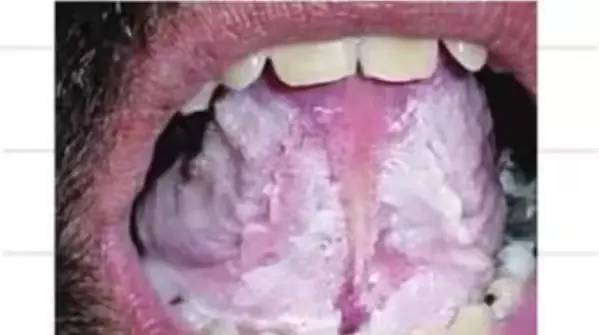
A white patch or plaque in the mouth, especially on the gums, tongue, or the lining of the cheeks, may be a sign of a precancerous condition, such as leukoplakia. It is often painless but can lead to oral cancer if left untreated.
Why Early Detection Matters
Head and neck cancers, if diagnosed early, are often more treatable. Recognizing these silent signs and seeking timely medical attention can greatly increase the chances of successful treatment. Many of these cancers can be difficult to detect without a professional examination, which is why it's important to be vigilant about changes in your mouth, throat, and neck.
If you experience any of these symptoms persistently, don’t hesitate to consult with a healthcare professional for further evaluation. Early detection through medical imaging and biopsies can help identify the disease at its earliest stages, improving treatment outcomes.
Sources:
-
National Cancer Institute (NCI) – Head and Neck Cancer Statistics
-
Macmillan Cancer Support – Symptoms and Early Signs of Head and Neck Cancer
-
American Cancer Society – Head and Neck Cancer Risk Factors and Prevention
-
Mayo Clinic – Head and Neck Cancer: Causes, Symptoms, and Diagnosis
By recognizing these early warning signs and seeking prompt medical attention, you can help protect your health and address head and neck cancer at its earliest stages.
